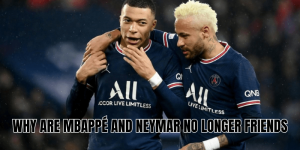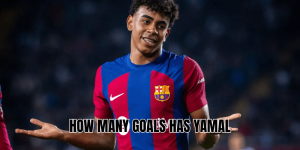From the moment you hear the phrase why did Modric choose AC Milan, you expect more than a routine transfer explanation. Luka Modrić’s decision to leave Real Madrid after 13 trophy-laden years and move to Milan is laden with emotion, ambition, and history. In this article, AnnuGoal will walk you through the full picture behind that choice—how football, identity, legacy and competitive fire all collided to bring him to the Rossoneri.
A farewell to Real Madrid — but not to ambition
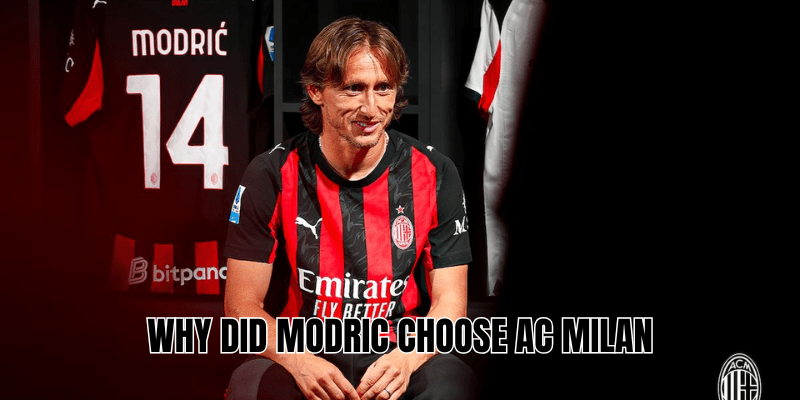
Modrić’s exit, collected 28 trophies (six Champions League, four LaLiga, among others), and cemented his status as one of the greatest midfielders ever.
But even at 39, Modrić refused to drift into quiet retirement. In his first statements after signing, he made it clear: he still has football dreams. He wanted to remain in Europe, stay in top-level competition, and ensure that his final act would be meaningful—not a farewell in the shadows.
Offers came.
His love affair with Milan and Boban’s legacy
One of the clearest emotional threads in this transfer is nostalgia and admiration. Growing up in Croatia, Modrić watched Serie A regularly, and AC Milan was among his favorite clubs.
That connection deepened because of Zvonimir Boban—a Croatian legend who starred for Milan in the 1990s. For Modrić, Boban was not just a hero, Modrić has repeatedly said that the link to Boban influenced his feelings toward Milan long before any contract.
There’s also a telling anecdote: in his unveiling interview, Modrić revealed a childhood photograph of himself wearing a Milan tracksuit. He said that when Milan called, it felt natural—almost inevitable. empreMilan])
Project, respect, and a personal touch
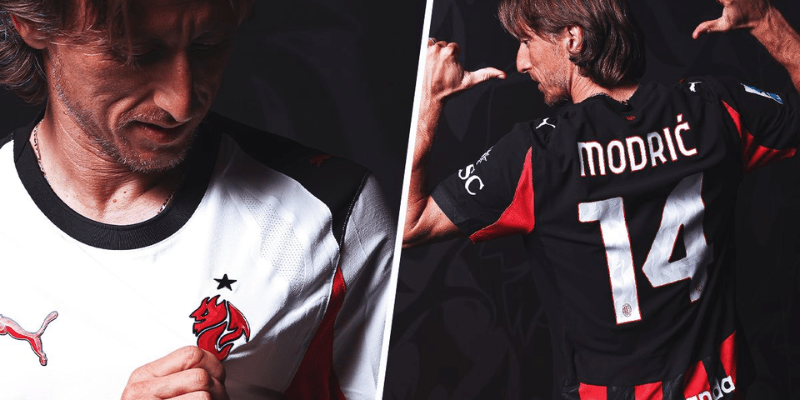
Emotion alone wasn’t enough. The professionalism of Milan’s approach played a critical role. Modrić said that he had multiple offers, but when Milan’s sporting director flew to Croatia to present the club’s vision personally, it made a difference. That gesture showed respect and serious intent—something Modrić valued greatly.
He also emphasized that Milan needed ambition: the club should aim for trophies and compete among Europe’s elite, not settle for mediocrity. That squarely aligned with his mentality after years in the Madrid spotlight.
In interviews, Modrić framed his move as a “final challenge”—a chance to help revive Milan’s prestige while ending his career on a stage worthy of his legacy.
Football reasons: competition, relevance, and role
At an age where many professionals ease off, Modrić doubled down. He insisted he still felt able to compete at a high level, and Milan offered him a chance to play a meaningful role, not just ride out the final season.
He could’ve accepted high-paying, low-demand offers. But those wouldn’t satisfy his hunger. Instead, he chose a route where every minute matters, where expectations are high—and where his influence could be tangible.
Tactically, Serie A’s blend of tactical discipline and physical rigor appealed to a player whose game is based on intelligence, positioning, and control. In Italy, he faces new challenges and must adapt—but that fits his mindset.
What Milan gets—and what Modrić still can give
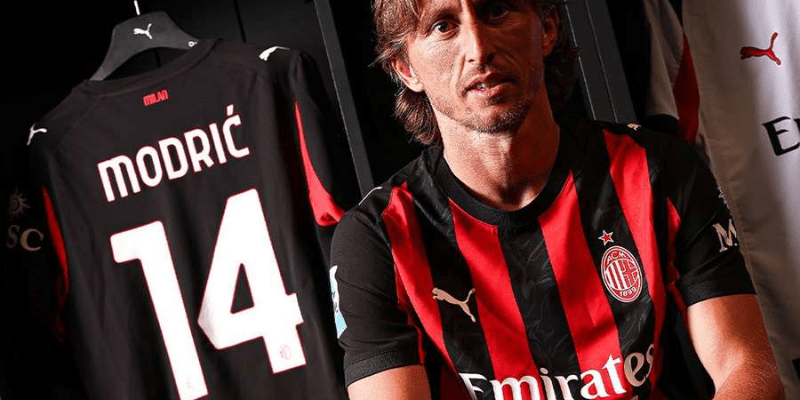
From Milan’s side, the signing is a statement. A club that finished eighth last season and missed European competition needed both star power and leadership. Modrić brings both.
They gain:
- A bridge between past and future, bringing gravitas and prestige.
- A cultural anchor in the dressing room: his mentality, professionalism, and work ethic.
- A versatile midfielder who can dictate tempo, guide transitions, and influence younger players.
For Modrić, Milan offers:
- A final chapter in elite European football, with pressure and potential.
- A chance to merge childhood dreams with actual impact.
- A platform to play at a high level and aim for titles, not a passive goodbye.
Risks, expectations, and what to watch
The gamble is not small. At nearly 40, physical decline is inevitable. Milan must manage his minutes, rotation, and injuries carefully.
Expectations are massive. There’s pressure to perform, to lead, to guide, and to help Milan re-enter the Champions League conversation. Failure to deliver—even partially—would be scrutinized harshly.
Nonetheless, the emotional chemistry, the alignment of ambition, and the narrative all suggest this was more than a transfer. It was a purpose-led decision.
Final Thoughts
Why did Modric choose AC Milan? It wasn’t a random move. It was the convergence of heart and strategy—childhood dreams, idol worship, competitive hunger, respect for process, and a vision of his final dance on European stage.
For Milan, he is more than a signing: he’s a symbol of renewal. For Modrić, he’s living out a narrative he likely imagined as a kid wearing Rossoneri colors.
If you want more transfer analyses, player biographies, or match breakdowns around Modrić’s Milan era or any other football story, AnnuGoal is your backstage pass to the beautiful game.

